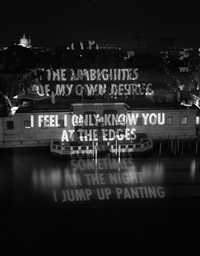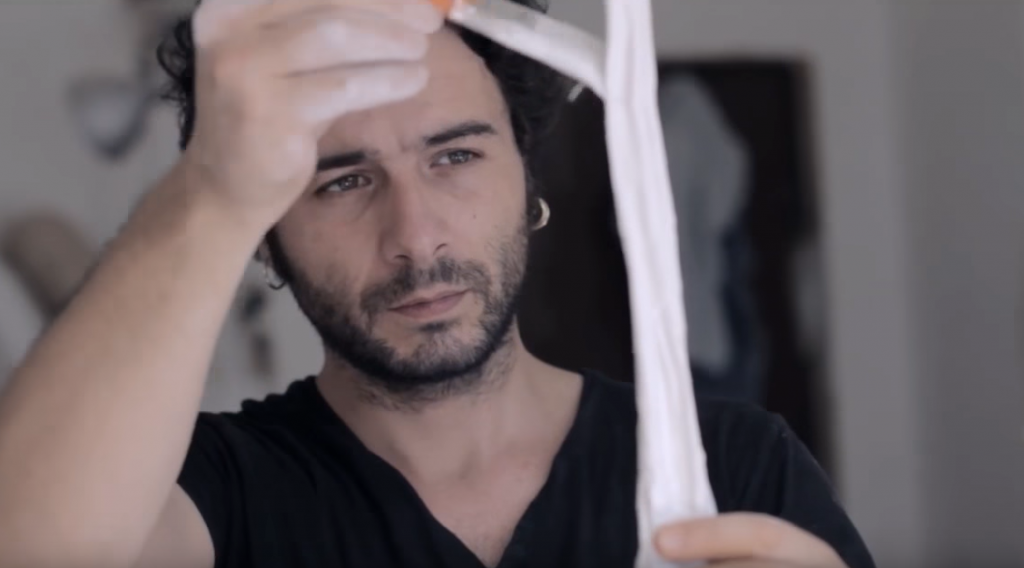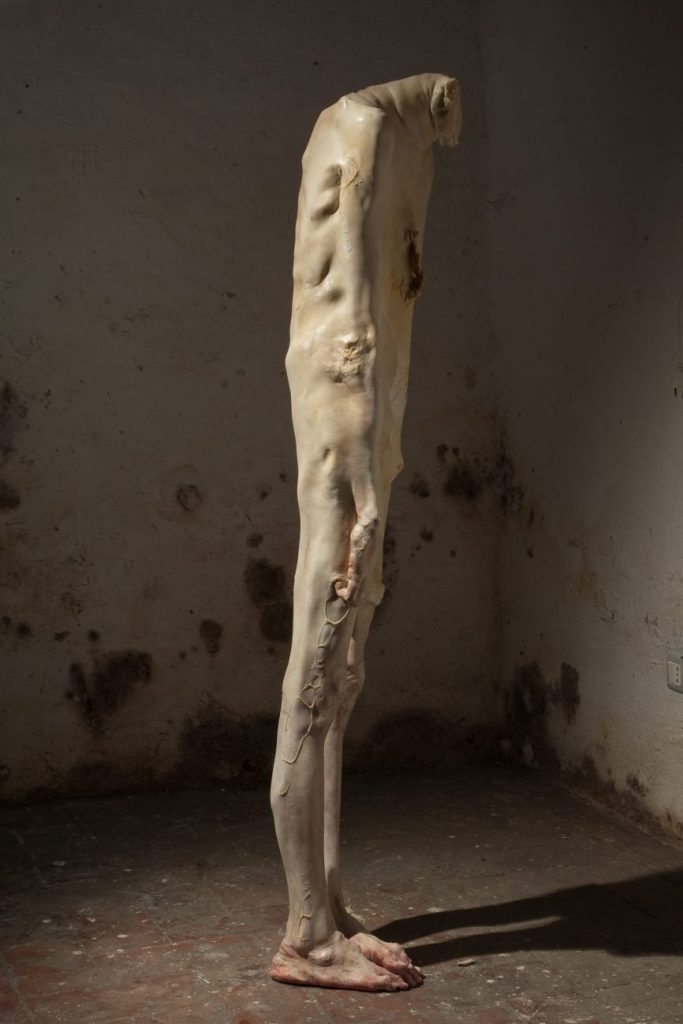Jenny Holzer is an American Conceptual Artist, born in 1950, and most commonly known for her text-based works. These works are usually placed in large public spaces using a variety of media; including: large-scale projections, LED displays, posters, and t-shirts. Holzer uses her art as a form of communication, concealment, and control. “I used language because I wanted to offer content that people — not necessarily art people — could understand.”
Holzer was born in Gallipolis, OH on July 29, 1950. Her various formal education comes from many different colleges such as Duke University, University of Chicago, Ohio University, and Rhode Island School of Design. But she received her BFA from the University of Ohio in 1972. Jenny moved to Manhattan in 1976 where she first began her work with language and public art alongside the Whitney Museum’s Independent Study Program.
Holzer’s most famous work titled “Truisms” (1977-79), first appearing as anonymous, one-liner broadcasts around Manhattan. For this work she printed these words of art as black italic script on white paper, and wheat-pasted to buildings, walls, and fences. Later, in 1981 Holzer created her “Living” series where she now printed on aluminum and bronze plaques, addressing daily life and everything that comes with it. Then after taking a break from the art world she came out with her “Lustmord” series in 1993, which translates to Sex Murder in German. This series heavily focuses on her response and stories of the methodical rape and murder of women. “Lustmord” was made to bring attention to these unthinkable acts and tells of sex crimes and take place from the perspective of the victim, the observer, and perpetrator’s point of view.
Jenny Holzer’s work primarily talks of violence, war, oppression, power, sexuality, feminism, and death. With her work, her main focus is to ” enlighten, bringing to light something thought in silence and meant to remain hidden.”












































